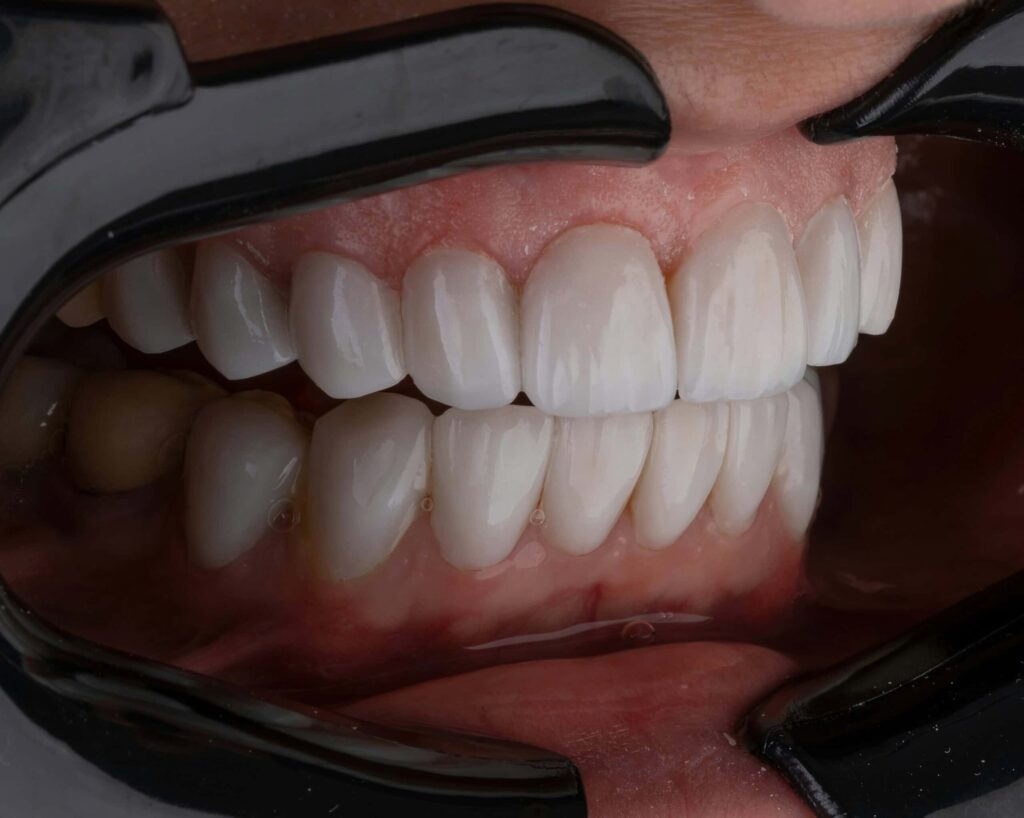
Dental implants have long been a marvel of modern dentistry, providing a durable solution for missing teeth. However, they have lacked the sensory feedback that natural teeth offer. This gap in dental proprioception may soon be closed, thanks to a groundbreaking development by researchers at Tufts University. The team has unveiled a bioengineered dental implant that not only fills the gap but also integrates with the body’s sensory connections.
This innovation utilizes stem cells and growth proteins to connect with nerve endings inside the mouth, potentially revolutionizing the experience of dental implants. While traditional implants are crafted from titanium and ceramic, and are directly anchored into the jawbone, they bypass the periodontal ligament—rich in nerve endings—that connects natural teeth to the jaw. This soft tissue is crucial for the sensory feedback that informs us of the texture and pressure of what we are chewing.
The Science Behind the Innovation
The Tufts team has developed an implant wrapped in a biodegradable, memory-foam-like nanofiber coating. This coating houses stem cells and a growth protein known as FGF-2, which encourages the development of nerve tissue and guides the implant’s growth. The objective is to recreate the missing nerve link, reinstating the feedback loop that synchronizes the bite.
In addition to enhancing sensory feedback, the method of installation has been reimagined. Unlike traditional implants that require drilling into the jawbone, the new implant uses a “press-fit” technique. This method involves inserting a smaller implant that expands to fit the socket, reducing trauma and eliminating the need for drills.
Testing and Future Steps
Currently, the method has only been tested on rats. Six weeks post-implantation, the implants remained secure with no signs of rejection. Micro-CT scans revealed a small gap between the implant and surrounding bone, indicating the potential for nerve connection growth within the soft-tissue pocket.
The next phase involves testing whether these newly formed nerves function correctly by measuring brain activity in response to bite pressure or temperature. If successful, the researchers plan to advance to larger animal models, such as pigs or dogs, before eventually conducting human clinical trials.
Implications for Dentistry
This development could significantly impact the dental industry, where approximately 178 million Americans are missing at least one tooth. By 2026, nearly a quarter of the U.S. population is expected to have at least one dental implant. Globally, the implant industry is projected to exceed $13 billion.
Without proprioception, patients often bite harder than necessary, risking fractures or jaw issues. The feedback loop between jaw muscles, teeth, and the brain is broken, affecting speech and potentially altering brain regions associated with speech, swallowing, and memory.
These bioengineered implants aim to restore this feedback loop, enhancing not only comfort but also long-term oral health and functionality. The integration of sensory feedback could prevent over-biting and improve speech precision.
Broader Context and Future Prospects
This innovation is part of a broader exploration into dental advancements. In Japan, researchers are working on regrowing human teeth, while other projects aim to achieve similar results in pigs. Although these approaches are still in development, they highlight the potential for transformative changes in dental care.
As the field of prosthodontics and neuroscience continues to evolve, these smart implants could become more than just functional replacements. They represent a step towards creating a sensing, communicating, and adapting system that connects implants to the body in a more holistic manner.
The study detailing this breakthrough was published in Nature Scientific Reports, marking a significant milestone in the quest to enhance dental implant technology.






